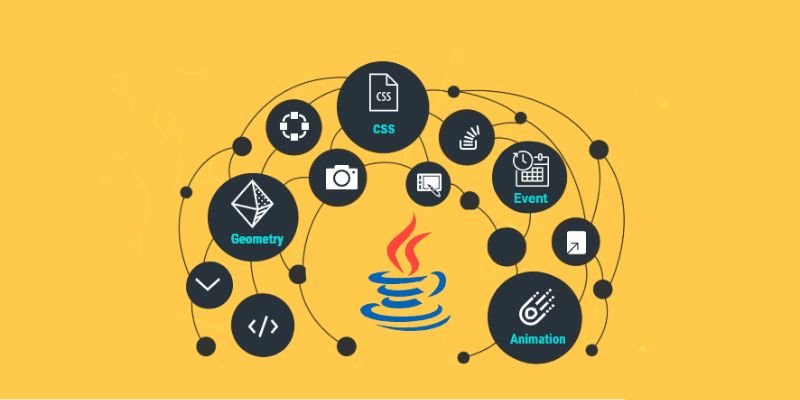JavaFX is a powerful framework for building cross-platform desktop, mobile, and web applications in Java. Developed by Oracle, JavaFX offers a rich set of features and capabilities that enable developers to create modern and visually appealing user interfaces. In this blog post, we’ll explore the key features of JavaFX and discuss how they contribute to creating engaging and interactive applications. To learn more about Java, You can go for Java Training in Chennai and build a robust skill-set working with the most potent Java tools and technologies to boost your big data skills.
Features of JavaFX
1. Rich User Interface Controls
One of the standout features of JavaFX is its extensive collection of UI controls, ranging from basic components like buttons and text fields to complex controls like tables, trees, and charts. These controls are highly customizable and support rich styling and animation capabilities, allowing developers to create stunning user interfaces that enhance the user experience.
2. Scene Graph Architecture
JavaFX utilizes a scene graph-based rendering system, which provides a hierarchical structure for organizing and rendering graphical elements in the application. This architecture enables efficient rendering, layout management, and event handling, resulting in smooth and responsive user interfaces. Developers can manipulate the scene graph directly to dynamically update the UI in response to user interactions or application events.
3. CSS Styling and Skinning
JavaFX supports Cascading Style Sheets (CSS) for styling and skinning UI components, providing a familiar and powerful mechanism for customizing the appearance of an application. Developers can use CSS to define colors, fonts, sizes, and other visual properties of UI controls, making it easy to achieve a consistent look and feel across the application. Additionally, JavaFX supports CSS-based animations and transitions, allowing for fluid and engaging user interactions. FITA Academy’s Java Online Course will help you learn effectively and clearly understand the concepts and curriculum.
4. FXML for UI Layout
FXML is an XML-based markup language for defining user interface layouts in JavaFX applications. It provides a declarative syntax for describing the structure and layout of UI components, separate from the application logic. FXML files can be easily loaded and parsed by the JavaFX runtime, enabling developers to design UI layouts using visual tools like Scene Builder or integrate UI designs created by designers into their JavaFX applications.
5. Built-in Animation and Effects
JavaFX includes built-in support for animations and visual effects, allowing developers to add dynamic and immersive elements to their applications. From simple transitions and fades to complex keyframe animations and particle effects, JavaFX provides a wide range of tools for creating compelling visual experiences. Developers can animate UI components, apply effects to graphical elements, and choreograph sequences of animations to bring their applications to life.
In conclusion, JavaFX offers a robust toolkit for creating modern and visually appealing Java applications. Its diverse features, including rich UI controls, scene graph architecture, CSS styling, FXML layout, and built-in animations, empower developers to craft engaging interfaces across various platforms. Whether for enterprise software, multimedia projects, or games, JavaFX provides the flexibility and tools needed to bring ideas to fruition. As JavaFX evolves, it remains a compelling choice for developers aiming to deliver exceptional user experiences. Programming Courses In Chennai will help you grasp java concepts and learn practical applications with case studies and hands-on exercises.
Read more: Java Interview Questions and Answers
